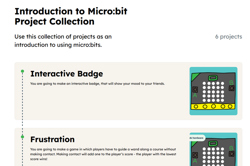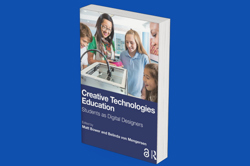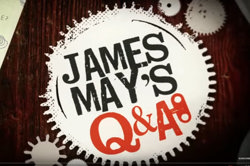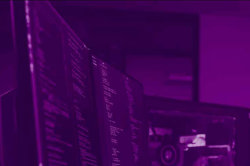DT Challenge - 5/6 Blockly - Intro to Micro:Bit
Learn how to program a BBC micro:bit using Blockly. No experience required. Learn the basics of programming in Blockly with our full BBC micro:bit simulator.
Additional details
| Year band(s) | 5-6 |
|---|---|
| Format | Interactive |
| Australian Curriculum Digital Technologies code(s) |
AC9TDI6K02
Examine how digital systems form networks to transmit data
AC9TDI6K03
Explain how digital systems represent all data using numbers
AC9TDI6P02
Design algorithms involving multiple alternatives (branching) and iteration
AC9TDI6P06
Evaluate existing and student solutions against the design criteria and user stories and their broader community impact |
| Technologies & Programming Languages | Electronic programming boards |
| Keywords | Data Collection, Representation, Interpretation, Specification, Algorithms, Adaptations, Science, Branching, Interaction, Input, Output, Australian Computing Academy, Blockly, DT Challenge, Microbit, Micro:Bit |
| Organisation | Australian Computing Academy |
| Copyright | University of Sydney. Creative Commons BY 4.0. |
Related resources
-

Introduction to Micro:bit Project Collection
A collection of projects that can be used as an introduction to using micro:bits.
-

Experience CS curriculum
Explore computational thinking through an intergrated approach making connections to a range of learning areas including maths, science and HASS.
-

Creative Technologies Education
An open access book by 45 ATTEN academics that offers research-based strategies for teaching creative technologies with students as digital designers.
-

What are binary numbers? - James May's Q&A (Ep 11100) - Head Squeeze
Binary Numbers are explained in this video by Top Gear's James May.
-

Bloom's Taxonomy
This section provides a guide for developing assessment activities based on the key active verbs in the Australian Curriculum: Digital Technologies using Bloom's Taxonomy as a framework.
-

What's The Difference Between ICT Capabilities & the Digital Technologies Learning Area?
This blog summarises the differences between ICT Capabilities & the Digital Technologies Learning Area. The blog article is written by Dr Rebecca Vivian a leader in Digital Technologies working in the Computer Science Education Research Group based at The University of Adelaide.
-

Emulating nature's perfect pursuit
A case study briefly describing an AI project where scientists have adapted dragonflies’ neuronal processes into a unique algorithm that emulates the insect’s phenomenal visual tracking capability.
-

Denver's drink dispenser
Check out Denver, the young entrepreneur from Queens Beach State School Denver, and his home-made drink dispenser!
